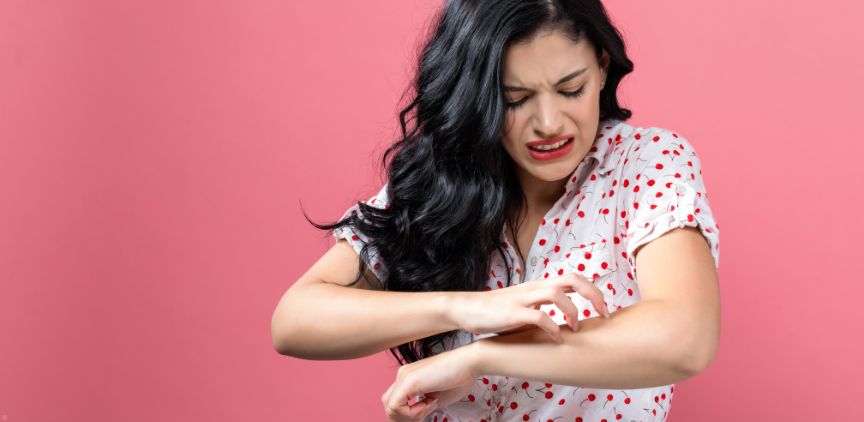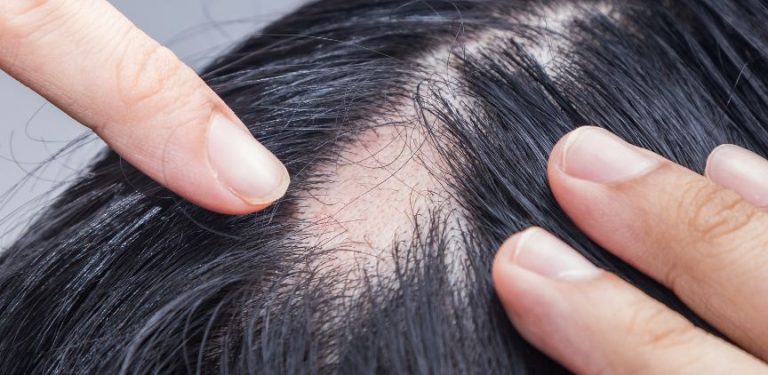How to Treat Eczema
Eczema is a skin condition that can make your skin look red, dry and itchy. Many people have eczema, and it can be uncomfortable and even painful at times. In this article we look at treatment options that can help manage eczema, along with common signs and symptoms.
10 Treatment Options for Eczema
There are many ways to treat eczema. Treatment can help reduce itchiness, redness and discomfort. Here are some common treatment options.
1. Topical Medications
Topical medications are creams and ointments that are put directly on the skin. Doctors may suggest steroid creams to help reduce swelling and itchiness. Non-steroid creams may be used if the eczema is mild. These medications work by calming the skin and reducing inflammation so that it feels better.
2. Oral Steroids
Oral steroids are medications that you can take by mouth that help reduce inflammation inside the body. A doctor will sometimes prescribe these tablets for a short time when the eczema is very bad.
3. Antihistamines
Antihistamines are medications that help control itchiness. They block chemicals in the body, otherwise known as histamines, that cause itching. Some antihistamines can make you drowsy, so they might be a good choice to take at night if eczema makes it hard to sleep.
4. Immunosuppressant Medications
Immunosuppressant medications lower the activity of your immune system. Since eczema can be related to an overactive immune system, these medicines can help calm things down. They may be used if other treatments do not work well enough.
5. Using Moisturizers for Sensitive Skin
Moisturizers are very important for eczema treatment. They help keep the skin soft and prevent dryness. For eczema, it is best to use moisturizers that are gentle and made for sensitive skin.
Related Search Topics (Ads)
6. Light Therapy
Light therapy, also known as phototherapy, uses special lights to treat eczema. A doctor will place your skin in a light box or use a special light tool. The light helps to calm your skin and reduce inflammation.
7. Wet Dressings
Wet dressings are a way to soothe the skin when eczema is extremely itchy and inflamed. A wet cloth or bandage is placed over the affected area after the skin has been treated with medicine. This helps the skin absorb the medication and can cool the skin, making it feel less itchy.
8. Avoiding Extreme Temperature Changes
Extreme changes in temperature can make eczema worse. Very hot or very cold weather may dry out your skin or cause itching. It is important to avoid long hot showers or baths and to protect your skin during very cold weather by dressing warmly.
9. Wearing Cotton Clothing
The fabric of your clothing can affect how your skin feels. Cotton is a soft, natural fabric that is less likely to irritate your skin. Wearing cotton clothing can help the skin breathe and keep it comfortable. Avoiding itchy or rough fabrics like wool may help reduce skin flares.
10. Avoiding Triggers
A trigger is something that can make eczema worse. Many people have different triggers, and common triggers include dust, pollen, certain foods and stress. Keeping a journal can help you find what makes your eczema flare up. Avoiding these triggers helps your skin stay calm and can reduce the number of flare-ups.
7 Signs of Eczema
Eczema shows itself in many ways on the skin. If you know what to look for, you can understand when your eczema is acting up. Below are some common symptoms of eczema.
1. Itchy Skin
One of the most common signs of eczema is itchiness. The skin may feel very itchy and scratching can make it red and irritated. It is important to try to stop scratching because scratching can make the skin hurt more and can lead to open sores and infections.
2. Dry Skin
Dry skin is another sign of eczema. The skin feels tight and may look flaky. Using moisturizers regularly can help fight dryness.
3. Rash
A rash is another common sign. A red or brown rash may appear on the skin and is often located on hands, arms or legs. The rash can appear as patches that change over time.
4. Bumps on Skin
Small bumps, or little raised areas, can appear on the skin when you have eczema. Sometimes these bumps join together and can become quite red and uncomfortable. These bumps can be a sign that the eczema is getting worse or that you need to change treatments.
5. Thick Patches of Skin
When you scratch a lot, the skin can become thick and rough. These thick patches of skin may feel leathery and dry. Thick skin tends to occur on areas that are very itchy.
6. Swelling
Swelling can occur where the skin is inflamed. Areas that are swollen might feel warm and be more sensitive to touch. Swelling happens because the body sends extra blood to the affected area to fight the irritation.
7. Flaky Skin
Flaky skin is another sign of eczema. Tiny pieces of dry skin may flake off when you move or touch your skin. Sometimes flaky skin looks similar to dandruff, but it is on parts of the skin where you do not normally get dandruff.
Final Notes
By understanding both the treatment options and the signs of eczema, you have the tools to make good choices for your skin health. Managing eczema is a step-by-step process and every small improvement can make a big difference in how you feel.
Keep reading to learn more about how to effectively treat allergies.

